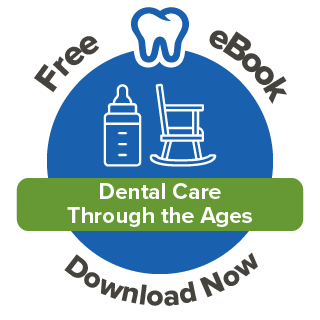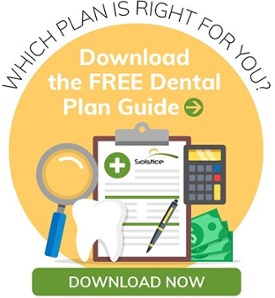By Erica Laceria on Mar 30, 2022 @ 10:30 AM
According to the National Institutes of Health, 54,000 people in the U.S. are diagnosed with oral cancer each year. The five-year survival rate is a little more than 57 percent, which means an oral cancer screening can be critical.
How is an Oral Cancer Screening Performed?
During your dental visit, your dentist will ask about your health history and examine your oral cavity for signs of mouth or throat cancer. Your cheek lining, gums, lips, the front part of your tongue, mouth floor (beneath your tongue), and the complex palette that makes up the top of your mouth are all part of your oral cavity. As for your throat, it begins at the soft spot on the roof of your mouth and continues back into your throat. It includes the back part of your tongue and the base where your tongue attaches to the floor of your mouth. While there is no routine test for oral cancer, your screening is likely to include the following steps:
- If you have dentures or partials, you will need to remove them.
- Your dentist will examine your face, lips, and throat to look for signs of cancer.
- Using both hands, your dentist will feel under your jaw and the side of your neck to check for lumps that may be a sign of cancer.
- The insides of your lips and cheeks will be examined for red or white patches.
- Your dentist will also ask you to stick out your tongue so it can be visually checked for swelling or changes in color, size, and texture. Using gauze, your dentist will gently pull your tongue to the side to see the base of your tongue and its underside.
- Lastly, your dentist will place one finger on the floor of your mouth and one finger under your chin and lightly press down to feel for lumps or sensitivity.
Additional Tests
In addition to an oral exam, some dentists may also use the following screening techniques:
- Before the exam, you will be asked to rinse your mouth with blue dye and then shine a special light on it.
- Under the light, healthy tissue will look dark, and abnormal tissue will look white.
Results
If your dentist finds any precancerous lesions or signs of mouth cancer, the following may be recommended:
- A follow-up visit would take place a few weeks after your exam, and the dentist would examine the abnormal area to see if it has changed or grown.
- A biopsy is a procedure that removes a sample of cells that will be assessed in a lab to determine whether cancer cells are present.
It is always worth asking your dentist for an oral cancer screening since early detection is vital to successful treatment.
Want to have Solstice benefits?
Call our sales team at 877.760.2247 or email Sales@SolsticeBenefits.com
Already have Solstice benefits?
See your plan details by going to https://www.mysmile365.com/ or calling us at 1.877.760.2247.





comments